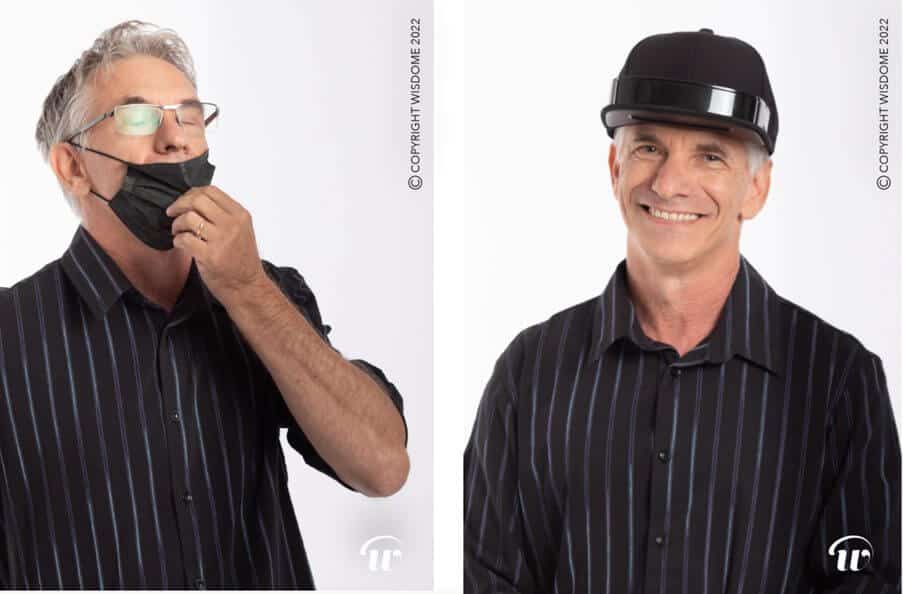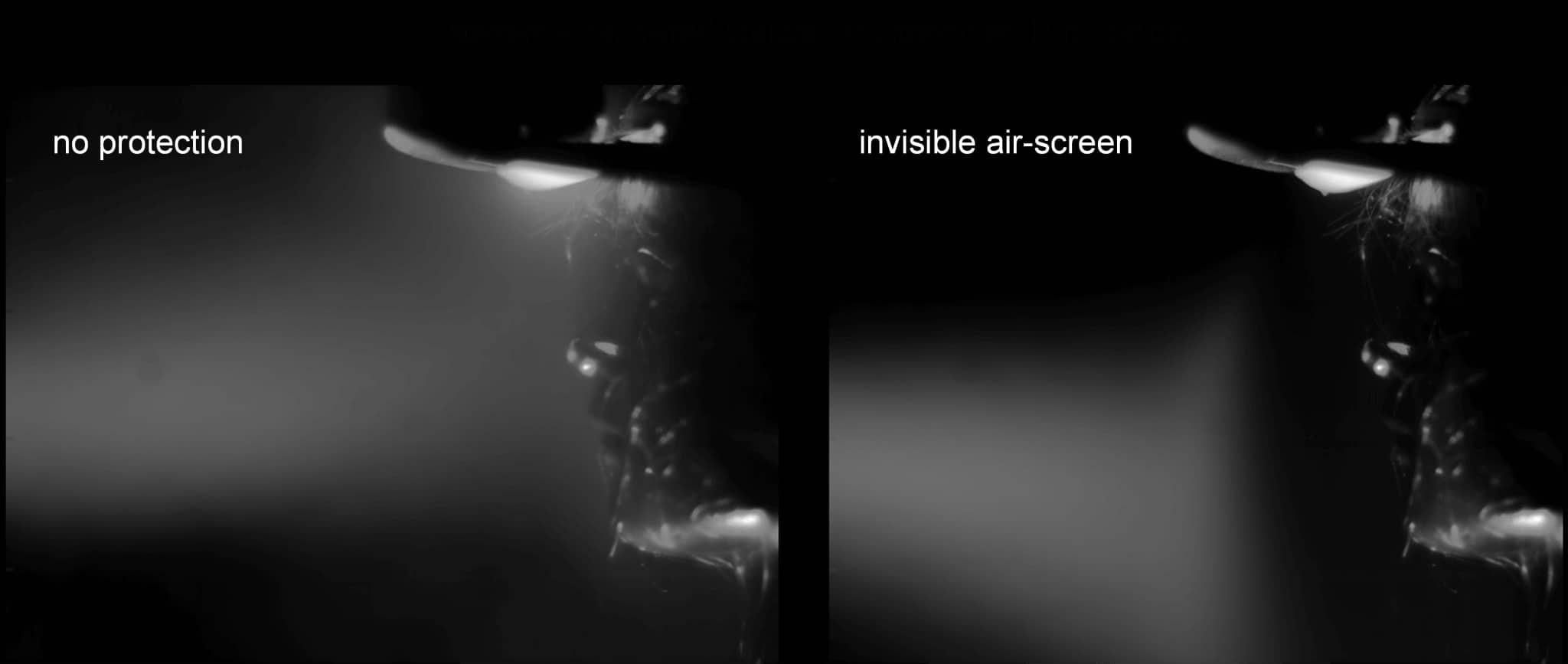It is an invisible face mask that protects users from corona viruses, MERS, influenza and other respiratory viruses and now its technology is offered for commercialization

Demonstration of the use of the new system. Credit: Wisdome Wearables
Conventional face masks do protect against disease transmission, but recent scientific literature points to their negative psychological and physiological effects. The masks harm face recognition and emotion recognition, negatively affect verbal communication and can cause headaches and skin problems. Wearing masks throughout the working day impairs focus and attention in a wide variety of professions. As a result of these difficulties, many wear masks incorrectly - over the mouth or under it - which greatly reduces protection. Even in Japan, where face masks are common, a large study found that only 20% of people wear masks correctly.
Conventional face masks have also led to a dramatic increase in plastic waste, a problem exacerbated by government directives on wearing masks. The masks currently produce millions of tons of waste per year.
A team of researchers at the Technion led by Professors Moshe Shem and David Greenblatt from the Faculty of Mechanical Engineering came up with a completely new solution to the conventional mask dilemma: an invisible "air screen" flowing in front of the user's face. The air screen emanates from a lightweight unit that includes a filter and is mounted on a hat visor. Using this innovative idea highlighted several key advantages: the air curtain protects the eyes, nose and mouth without negative effects on facial recognition, emotion recognition and oral communication. In addition, the entire device is reusable and therefore does not pollute the environment.
A recently published study, based on experiments conducted in Prof. David Greenblatt's laboratory, demonstrated the effectiveness of the air curtain in effectively blocking aerosols and droplets created during breathing and speaking, as well as large droplets created during coughing and sneezing. In addition, when the user is in contaminated air, the air curtain removes sprays from the front of the face, in a process known as "sweeping". In the attached video you can see the joint effect of blocking and drifting. The video uses laser lighting to illustrate the airflow.

The students David Kiser and Anan Garzozi from the Grand Technion Energy Program (GTEP) assisted in the analysis of the experimental data and the development of a mathematical model, based on theoretical physics, of the air curtain.
The researchers conducted one-on-one interviews and pilot studies with more than 50 subjects from different sectors: older adults and their caregivers in nursing homes, university professors and their students, workers in physical proximity such as tutors, physical therapists and psychologists, retail workers in stores and offices, and high-tech management teams and board members who participate in long meetings inside rooms. The interviews clearly showed the advantage of the invisible air curtain over the common face masks. These groups represent potential early adopters, who will mainly benefit from this new technology in Israel and around the world.
The Technion recently granted a technology license to Wisdome Wearables Ltd. The new start-up is currently in the process of commercializing the product and is looking for partners to realize this disruptive technology for the benefit of those who are at high risk of suffering from respiratory viruses such as Corona, MERS, flu and more.
In the video: the movement of the particles before and during the activation of the air curtain
More of the topic in Hayadan:
